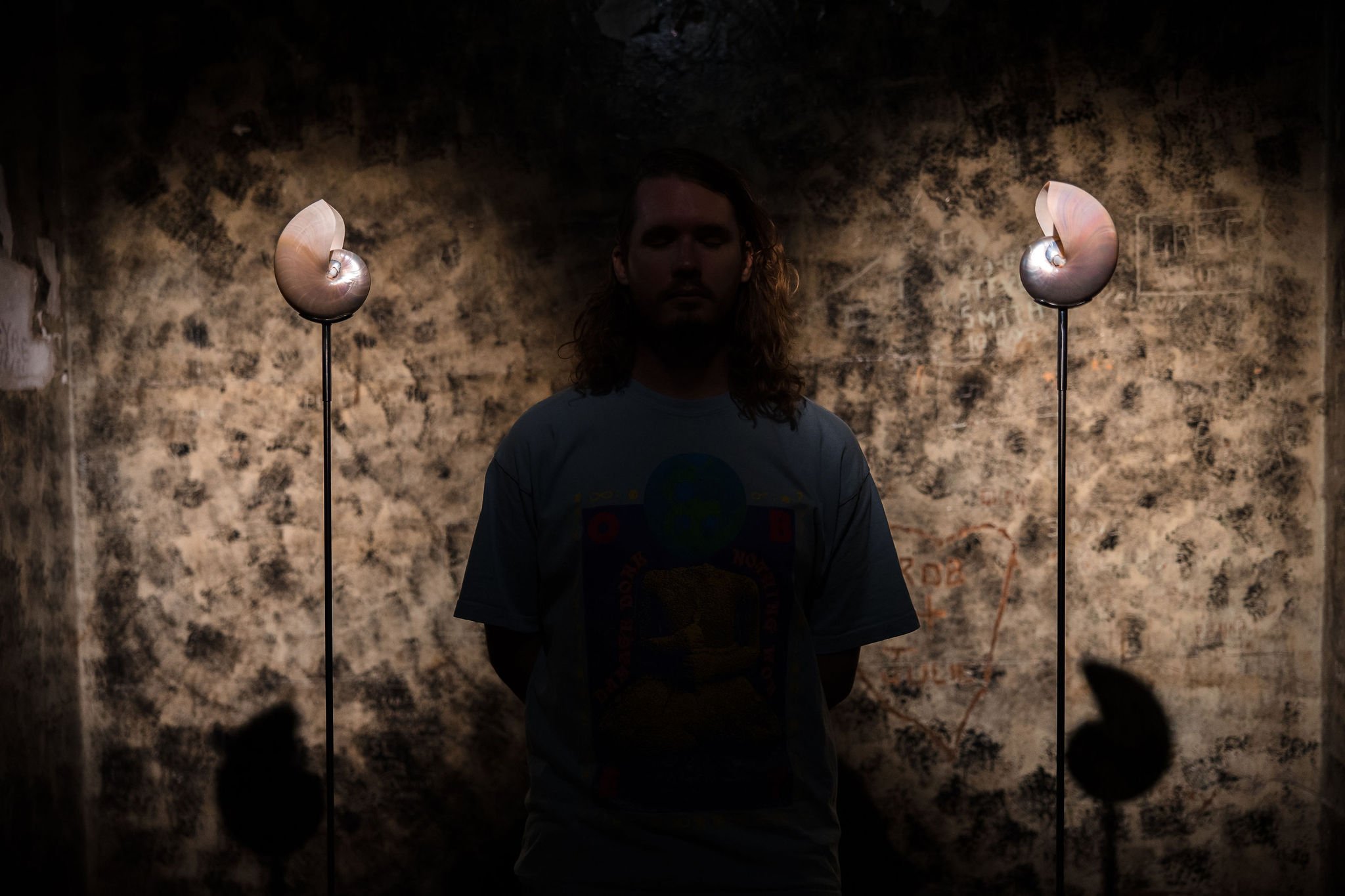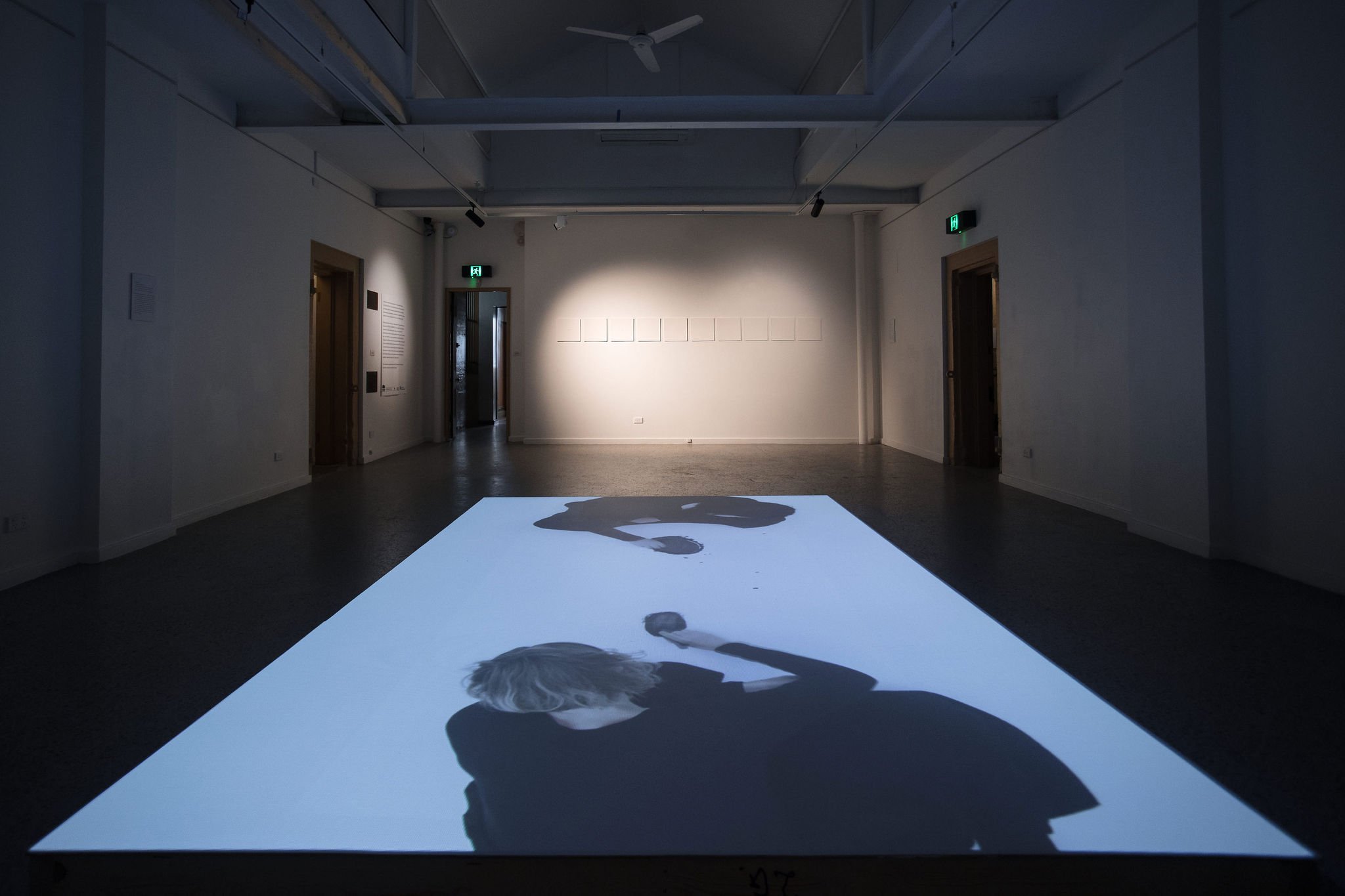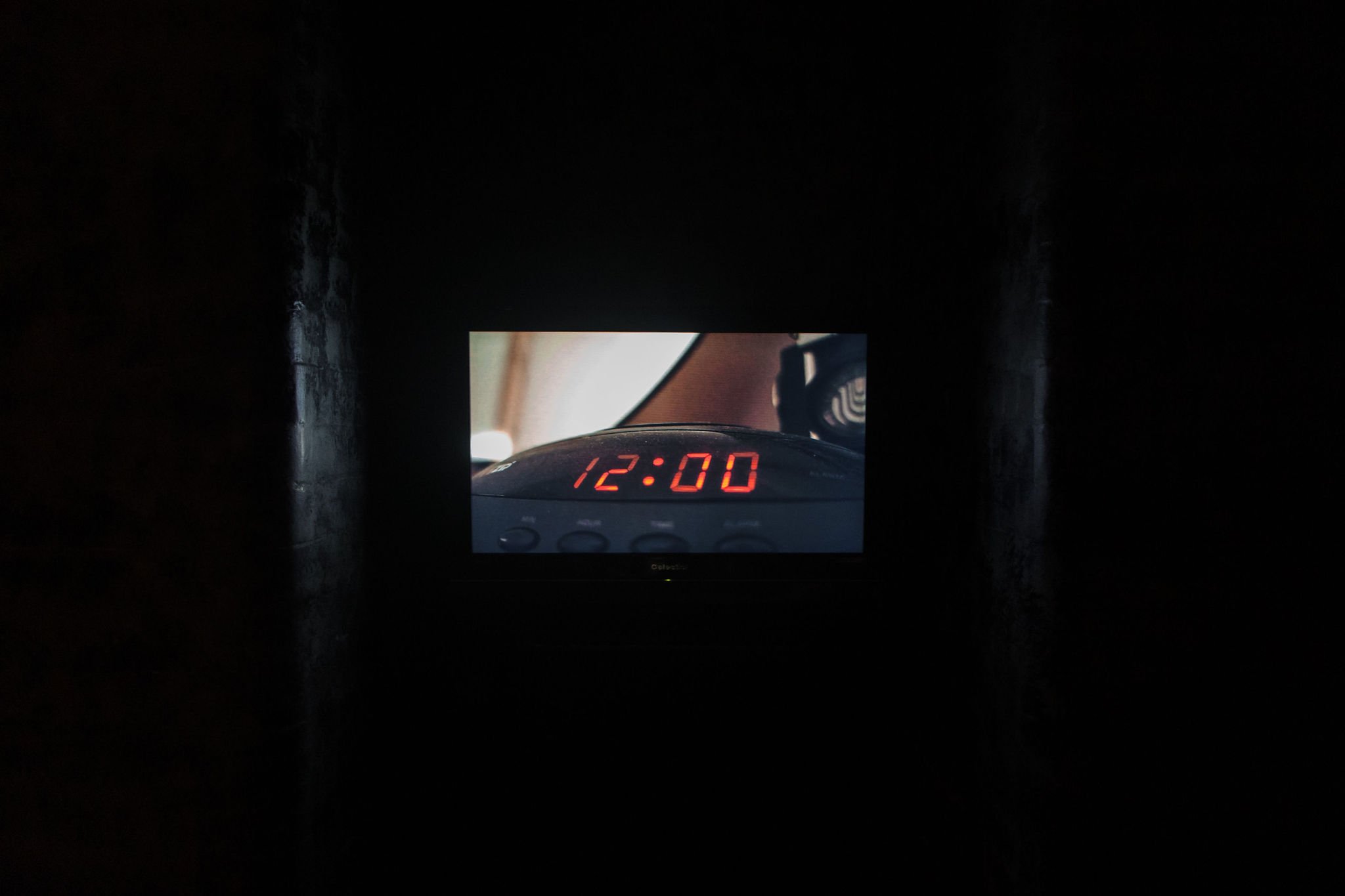The call for slow art in a fast world: ‘Radical Slowness’ at the Lock-Up
/Speed is a reality of modern life. Indeed, much of our early fascination with it came from its potential to usher in a kind of newness; of unfamiliar sights and sounds, changing fashions and ever-advancing technologies. Today, however, nothing could be more monotonous than speed. For curators Anna May Kirk and Tai Mitsuji, the idea that urgency has become part of our everyday encounter – with the world of ‘next-day delivery, instant messaging and one-click purchasing’ fulfilling its promise of speed and every expectation – is something to be contested. Speed is the status quo and, so the thinking goes, no act can be more radical than slowness.
Seen recently at Newcastle’s historic police station-turned-gallery space the Lock-Up, ‘Radical Slowness’ presented six artists who challenge our fleeting experience of time by giving it an enduring form. With time treated as a material in and of itself and no longer invisible, in each of their works it was able to take on a tangible shape and substance. In Emma Fielden’s ‘Of a Second’ series (2022), ten drawings plot the actions that take place in a second: the blink of an eye; the travel of light; the lifespan of a muon; the firing of a neuron in the brain; the snap of a finger. Time is quantified in each of the drawings which present these respective measurements in microscopic hard-to-read detail.
The act of looking became immensely focused. The First Second (2019) by Worimi artist Dean Cross distorts our idea of temporality by presenting us with footage of an alarm clock flickering between midnight and 12.01 a.m., between night and day, in an endless loop. The video is accompanied by a slow stretched-out version of the wartime tribute, the last post, calling on the retrospective power of memory and its ability to weave in and out of experience in a way that clock-time can only dream of.
As the exhibition’s curators explained in the room sheet, the process of reflection – of slow focused attention – offers the potential to reclaim the very spaces of ‘thought and conscious decision-making’ we have lost in a world constantly bombarding us with new information. Akil Ahamat is explicit in this plea as he animates himself to appear in the audiovisual installation Dawn of a day too dark to call tomorrow (2021). His call to a passing snail (‘How can I get your attention without leading to some kind of urgency?’) seems meant for the viewer, but also touches on questions of curatorial practice. The majority of works in the exhibition inhabited not merely their own rooms, but their own cells in a way that made full use of the jail complex and its literal and historic spaces for introspection, with the surrounding walls, permanently etched with the names and dates of people who have come and gone, constantly invoking the past.
‘Radical Slowness’ encouraged us to simply pause. The curators’ distilled vision challenged our present-day experience of time with so little room to reflect, reminding us that it is in the power of a single moment that we can reflect and carry into our everyday lives a slowness that is truly radical.
Maria Karageorge, Newcastle
Curated by Anna May Kirk and Tai Mitsuji, ‘Radical Slowness’ was on display at the Lock-Up in Newcastle from 27 March until 15 May 2022.





















